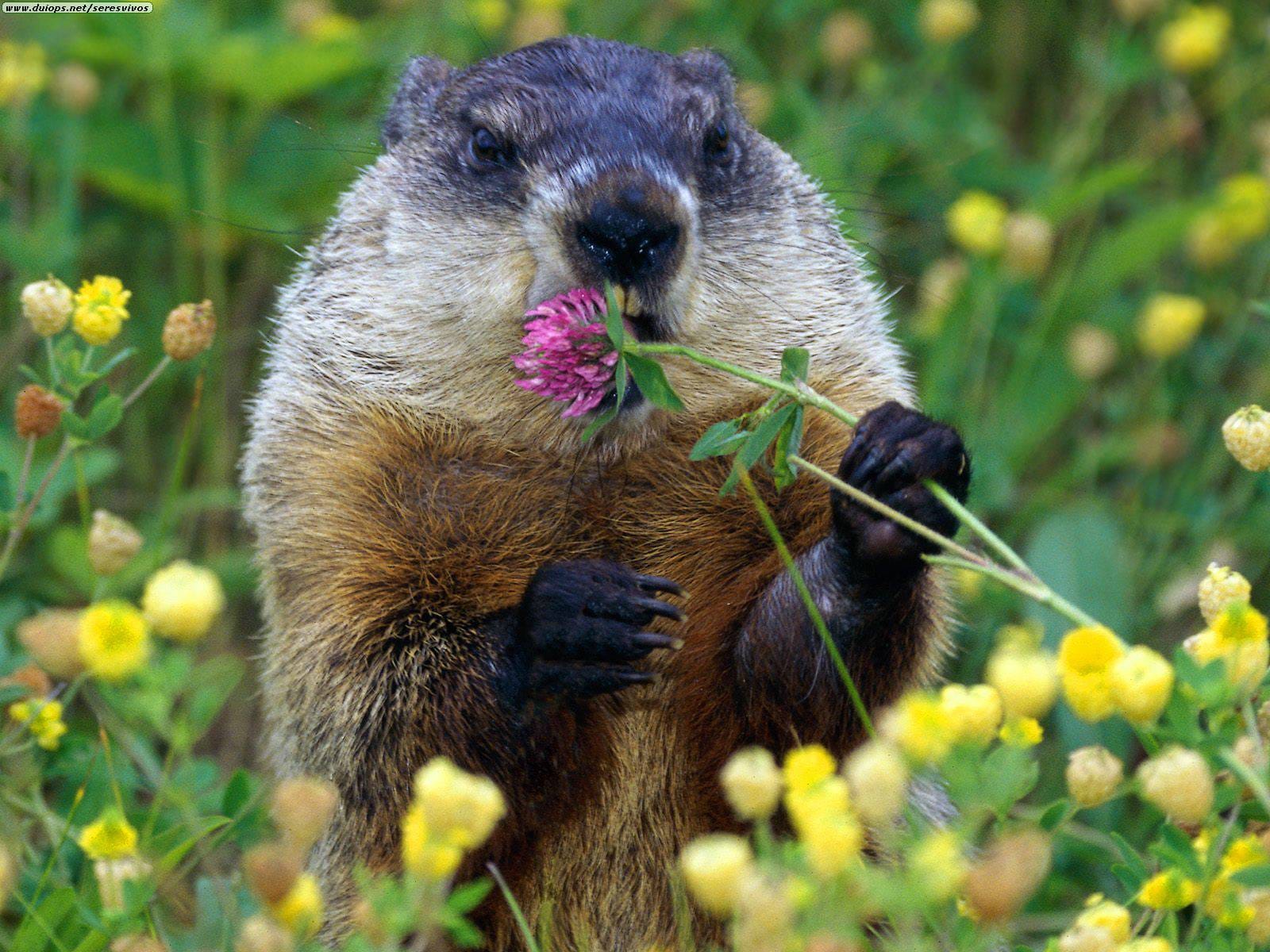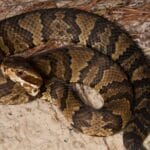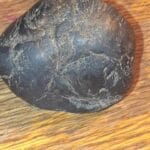Unmasking the Adorable Critter: Groundhog or Woodchuck?
Ever stumbled upon a picture of a chubby, furry creature with an “I could eat all day” expression? Chances are you’re admiring a groundhog, sometimes affectionately called a woodchuck! These charming rodents are known for their irresistible cuteness, captivating animal lovers with their endearing antics and fascinating lifestyles.
But are they different animals? The answer might surprise you! Is a woodchuck and a groundhog the same thing? Keep reading to uncover the truth behind these charming creatures.
Pictures of a groundhog woodchuck reveal their photogenic appeal—from their stout bodies and luxuriously dense fur to their bright, alert eyes that hint at a curious nature. Imagine them thriving in sun-drenched meadows or shadowy forest floors, munching on clover or diligently digging their underground burrows. These captivating images offer a glimpse into their world, reminding us of the simple beauty found in nature.
But these captivating creatures are more than just pretty faces. They play a vital role in their ecosystems. For instance, did you know that they’re an important food source for larger animals? And their burrowing habits? Those actually help aerate the soil, benefiting countless plants and other critters.
So, the next time you come across a picture of a groundhog woodchuck, take a moment to appreciate these incredible creatures. Their importance extends far beyond a single day in February!
Is a woodchuck and a groundhog the same thing?
The answer is a resounding yes! “Woodchuck” and “groundhog” both refer to the very same animal—the Marmota monax. Think of it like having different nicknames for a friend. It’s all a matter of regional variation!
In most of North America, “groundhog” is the more common term. But, journey to the northeastern US or across the pond to the United Kingdom, and you’ll likely hear “woodchuck” Instead. The use of “woodchuck” likely stems from the Algonquin languages spoken by Native American tribes, with words like “wuchak” or “otcheck” perhaps mimicking their calls or highlighting their wood-gnawing habits.
And the name game doesn’t end there! This remarkable rodent boasts a collection of endearing nicknames, like “whistle pig”, a nod to their high-pitched alarm calls.
But while their “woodchuck” moniker might conjure up images of timber-tossing rodents, these herbivores are more interested in munching on clover, grasses, and berries. They leave the lumberjack duties to someone else!
Regardless of what you call them, one thing remains certain—these creatures are a delight to observe and remind us of the wonders that exist just beneath the surface of our own backyards.
Who calls a groundhog a woodchuck?
The answer lies in the fascinating tapestry of language and regional dialects. While “groundhog” might be the dominant term in most of North America, “woodchuck” holds a special place in certain regions, particularly the northeastern US and the United Kingdom.
This geographical quirk likely stems from the influence of the Algonquin languages spoken by Native American tribes. Words like “wuchak” or “otcheck” were used to describe these furry critters, possibly mimicking their distinctive calls or referencing their wood-gnawing tendencies.
Over time, these terms may have transformed into the “woodchuck” we know today. It’s a testament to how language evolves and adapts, reflecting the cultural and historical nuances of a region.
So, whether you’re team “woodchuck” or team “groundhog”, it’s a testament to the enduring charm of this rodent that it has inspired such a diverse range of names.
What is the difference between a beaver and a woodchuck?
While both beavers and woodchucks belong to the rodent family and share some similarities, they are distinct creatures with unique characteristics and ecological roles.
Beavers:
- Habitat: Semi-aquatic, always found near water sources like rivers, streams, and lakes.
- Defining Feature: Large, flat, paddle-like tail used for swimming, signaling danger, and balancing.
- Claim to Fame: Master builders, renowned for constructing elaborate dams and lodges using branches, mud, and stones. These structures not only provide them with shelter but also create thriving wetland habitats for other species.
- Size: Significantly larger than woodchucks, weighing between 35-70 pounds.
Woodchucks:
- Habitat: Terrestrial, preferring dry land and often found in open fields, meadows, and forest edges.
- Defining Feature: Smaller, bushier tail, more typical of a rodent.
- Claim to Fame: Expert burrowers, creating extensive underground tunnels that serve as their homes and offer protection from predators.
- Size: Smaller than beavers, weighing 6-10 pounds on average.
Here’s a table summarizing their key differences:
| Feature | Beaver | Woodchuck |
|---|---|---|
| Size | 35-70 pounds | 6-10 pounds |
| Tail | Large, flat, paddle-like | Small, bushy |
| Habitat | Semi-aquatic (near water) | Terrestrial (dry land) |
| Diet | Bark, leaves, aquatic plants | Grasses, clover, garden vegetables |
| Special Skill | Dam and lodge building | Burrowing |
Despite their differences, both beavers and woodchucks play vital roles in their respective ecosystems. Beavers are often referred to as “ecosystem engineers” because their dams create wetlands that increase biodiversity and influence water flow. Woodchucks, through their burrowing activities, help aerate the soil, which benefits plant growth. Their abandoned burrows also often provide shelter for other animals.
So, while they might appear similar at first glance, a closer look reveals the fascinating ways in which beavers and woodchucks have adapted to their environments, each contributing to the delicate balance of nature. Next time you’re out exploring, see if you can spot the telltale signs of these remarkable rodents!
Want to explore more fascinating creatures?
- Have you ever wondered what petrified dinosaur poop looks like?
- Or wanted to have a closer look at a picture of a cottonmouth snake?
















